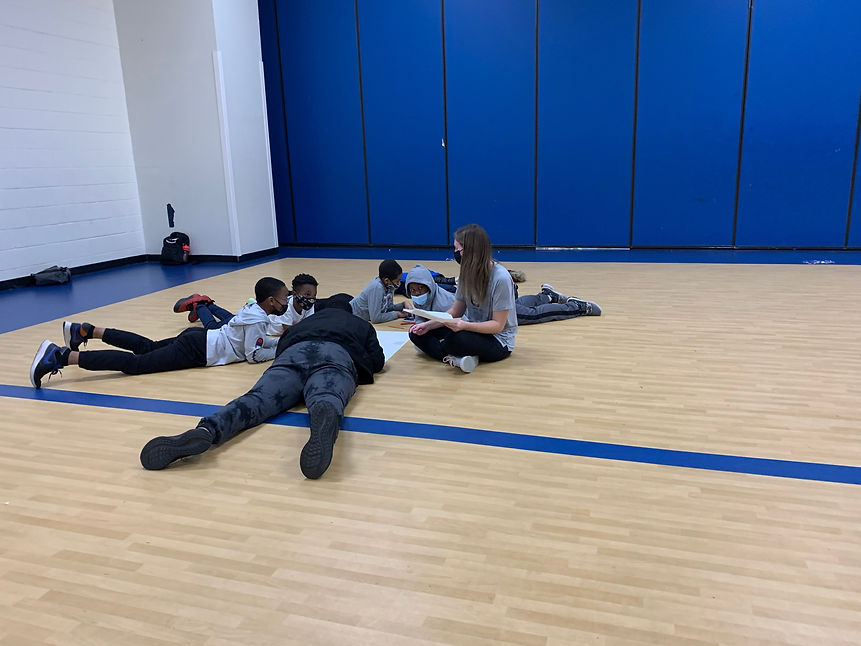Key Insight 1
Every community has different needs for health education
One of the most powerful lessons that can be learned from community service is the differences among populations and cultures. Factors like family, school, church, and sports are staples in people’s lives but are cultivated differently depending on the area they reside in. For example, southern counties may have a large percentage of citizens that base their lives heavily off of church, while people in northern states may rarely attend. Growing up in a small town in North Carolina, I was surrounded by a population that held similar religious beliefs, political views, and overall values. I had not experienced how different other cultures and populations could be from what I was used to, and therefore, never thought about having to adapt community service or teaching styles.


Through learning that populations can behave and react so differently depending on their habits, it became clear to me that every community has different needs when it comes to learning. In my HPEB 300 course, Introduction to Health Promotion, Education, and Behavior, I completed a group project that consisted of creating a PPP (health promotion program) that addressed a specific medical problem. We had to select a community with high rates of our assigned ailment and learn about the habits and values of individuals in the population so that we could best design a program for them. My group was assigned prostate cancer, and through research of rates and risk factors, we chose the population of black men ages 50 and beyond in St. Landry Parish, Louisiana. In order to create a program that would benefit our population the most, we had to learn what they valued and who they viewed as authority figures. My part of the project involved choosing stakeholders, a group of different individuals that held knowledge about the population and, oftentimes, had a relationship or job of authority with the individuals. My artifact includes the list of stakeholders I compiled, and shows the various different roles that I learned would benefit the population the most. When reviewing the list, I found that it fit our population well, but would often not transfer to others. This began to show me the importance of tailoring health education and service to the population I am aiming to assist.
My beyond the classroom experience was through the Connect Lab, a program focused on promoting health and positivity among students. I served on the comprehensive health team, where we would visit various middle school sites and do educational games and activities on health topics such as nutrition, sleeping habits, and screen time. The curriculum created by the Connect Lab is constantly changed through feedback given by students and teachers so that it can make the biggest difference in the population. I participated in administering end-of-program survey interviews to receive input on what was beneficial and what could be changed. I interviewed both faculty and students during this time, and learned the importance of hearing out the needs of these individuals. We learned that some of the activities we originally created that we thought would best suit the students didn’t appeal to them at all, while others were much more impactful when we did not expect them to be. Hearing from the teachers also provided great insight, as these are the children’s main authority figures, and some of the people they work most closely with. They were able to provide feedback and ideas for change that best fit their student population, and were things that I would not have imagined on my own. Keeping the students engaged involved implementing change in ways that would excite them, and talking directly with them and their faculty helped provide more insight on how to do that.
Community service gave me the opportunity to experience different communities that I never would have had otherwise. It showed me that every population has its own needs, and in order to provide the most beneficial education and service for them, we must evaluate every aspect.